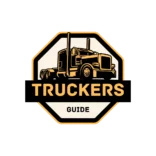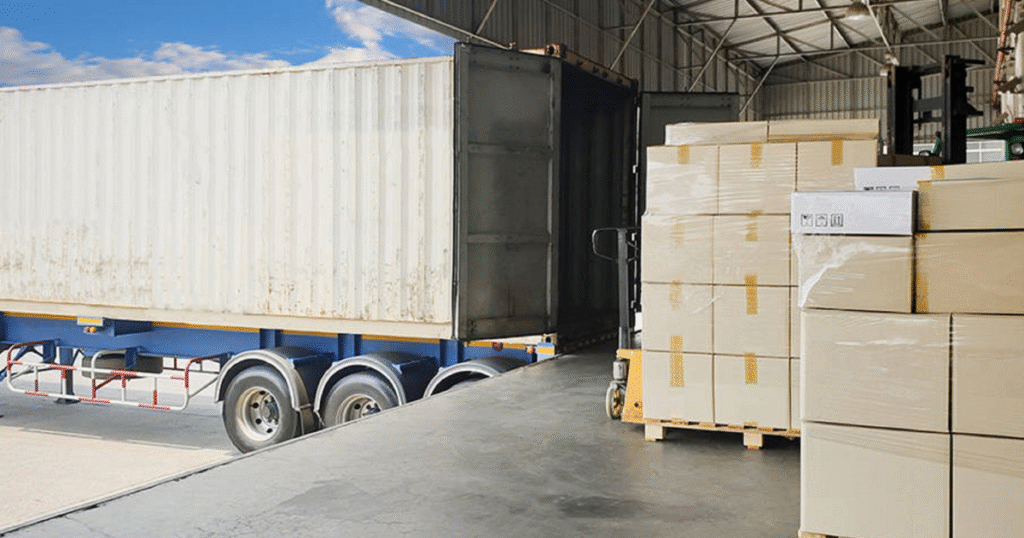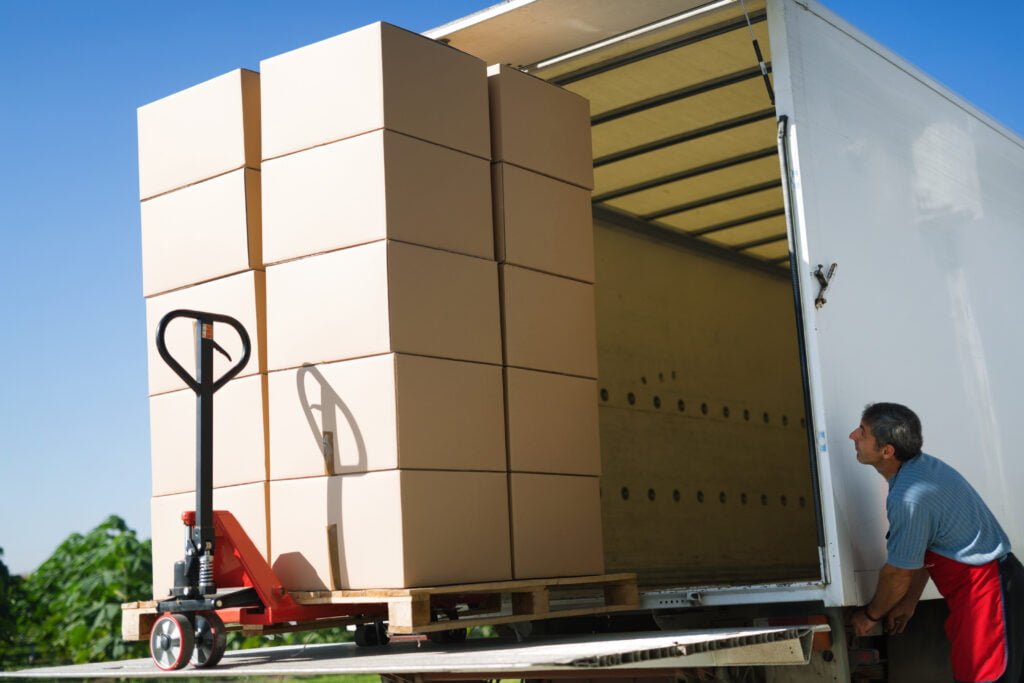Discover the new FMCSA rules for 2025 and how they impact truckers. Learn about compliance, safety changes, and the best states for truckers USA this year.
The trucking industry in the United States is undergoing rapid change. With the new FMCSA rules for 2025, truckers face updates that affect how they drive, log hours, manage safety, and handle compliance. At the same time, finding the best states for truckers in the USA matters more than ever, since regulations, pay, and opportunities vary by state.
If you are a truck driver, fleet owner, or planning to enter the industry, this guide will help you understand the rules, stay compliant, and find where your trucking career can thrive.
Why the 2025 FMCSA Rules Matter for Truckers
The FMCSA (Federal Motor Carrier Safety Administration) sets national trucking safety and operations standards. The 2025 updates are designed to:
- Reduce accidents caused by fatigue, substance abuse, and unsafe driving.
- Improve technology adoption, such as ELDs (Electronic Logging Devices) and safety systems.
- Strengthen environmental standards with stricter emissions policies.
- Create consistency across states while still allowing local enforcement.
These changes directly affect daily operations, making it essential for drivers to know the rules and identify the best states for truckers in the USA to maximize earnings and minimize regulatory challenges.
Overview of FMCSA and Its Role in U.S. Trucking
The FMCSA regulates commercial vehicles, ensuring safety across over 3.5 million truck drivers in the U.S. Its responsibilities include:
- Setting Hours of Service (HOS) limits.
- Enforcing drug and alcohol testing.
- Approving safety technology standards.
- Overseeing medical certifications for CDL holders.
The Driving Forces Behind the 2025 Regulatory Updates
Several factors shaped the new rules:
- Rising accident rates – Truck-related crashes increased by 12% between 2020 and 2023.
- Automation growth – Semi-autonomous trucks require stricter oversight.
- Environmental targets – The trucking industry is pressured to lower emissions.
- Insurance hikes – Rising accident claims forced higher coverage minimums.
Key Areas Covered in the New FMCSA Rules
The 2025 regulations focus on:
- ELD and HOS changes
- Drug and alcohol testing expansions
- CDL medical updates
- Safety tech requirements
- Training for new drivers
- Emissions and environmental compliance
Electronic Logging Device (ELD) Updates: What’s Changing in 2025
ELDs are now more advanced with:
- Automatic engine sync to prevent false entries.
- Tamper-proof logging with stricter penalties for violations.
- Real-time reporting to FMCSA databases.
Revised Hours of Service (HOS) Provisions and Compliance
Drivers must adapt to:
- 11 hours maximum driving in a 14-hour work window.
- Reduced flexibility for split sleeper berths.
- Automatic violation alerts via updated ELD systems.
Stricter Drug and Alcohol Testing Requirements for Drivers
Key updates include:
- Hair follicle testing is required for all new drivers.
- Expanded random testing pools.
- Immediate reporting to the Drug & Alcohol Clearinghouse.
Changes in Medical Certification Standards for CDL Holders
Medical standards now require:
- Annual checkups for high-risk drivers.
- Stricter cardiovascular and vision testing.
- Digital certification uploads for faster verification.
Updated Safety Technology Mandates for Commercial Vehicles
By 2025, all new trucks must include:
- Automatic Emergency Braking (AEB).
- Lane Departure Warning (LDW).
- Speed limiters tied to GPS.
- Blind spot detection systems.
New Training and Certification Requirements for Entry-Level Drivers
Entry-level drivers face:
- More classroom training hours.
- Simulator-based safety drills.
- Advanced modules on fatigue prevention and defensive driving.
Enhanced Oversight on Autonomous and Semi-Autonomous Trucks
Regulations now require:
- Certification of self-driving software.
- Remote monitoring centers for autonomous fleets.
- Pilot approvals before nationwide deployment.
Fleet Recordkeeping: What Carriers Must Do Differently in 2025
Carriers must:
- Store records digitally for easier inspections.
- Submit quarterly compliance reports.
- Use FMCSA-approved recordkeeping software.
Updated Roadside Inspection Procedures and Enforcement Priorities
Inspectors will now check:
- Real-time ELD logs.
- Onboard safety technologies.
- Driver health and substance compliance.
Increased Penalties and Fines for Non-Compliance
| Violation | 2024 Fine | 2025 Fine |
| HOS violations | $5,000 | $7,500 |
| Drug/alcohol violations | $8,000 | $11,000 |
| ELD tampering | $7,500 | $12,500 |
| Safety tech violations | $10,000 | $15,000 |
Impact of Environmental and Emission Standards on Trucking Operations
- New trucks must meet low-emission standards.
- Older fleets face higher emissions testing frequency.
- Incentives are available for electric and hybrid trucks.
Insurance and Liability Requirements Under the 2025 Rules
Insurance minimums are rising:
- From $750,000 to $1.2 million in liability coverage.
- Discounts for carriers with full safety tech adoption.
- Stricter renewals with higher claim verification.
How Small Carriers and Owner-Operators Are Affected
Challenges:
- Higher costs for compliance and insurance.
- Technology upgrades may strain budgets.
Opportunities:
- Tax credits for green vehicles.
- Competitive advantage through safety adoption.
Digital Compliance Tools and Technology Solutions for Truckers
Tools that can help:
- Cloud-based compliance software.
- AI-driven route planners for HOS efficiency.
- Mobile apps for inspections and recordkeeping.
State vs. Federal Regulations: Navigating Conflicts and Overlaps
Some states (e.g., California) impose stricter emission laws. Drivers must:
- Track both state and federal compliance.
- Maintain dual reporting for state inspections.
- Use apps that adapt to state-specific regulations.
Practical Steps to Prepare for Full Compliance in 2025
- Upgrade your ELD and onboard tech.
- Train all drivers on updated HOS and medical standards.
- Review insurance coverage before renewals.
- Digitize all fleet records.
- Conduct self-audits to prevent costly violations.
Industry Reactions: What Drivers, Fleets, and Associations Are Saying
- Drivers: Concerned about reduced flexibility.
- Carriers: Worried about compliance costs.
- Associations: Calling for financial aid for small fleets.
Future Outlook: What These Changes Mean for the Next Decade of Trucking
The trucking industry is moving toward:
- Greater automation.
- Stricter environmental compliance.
- Higher safety standards nationwide.
Finding the best states for truckers in the USA will depend on regulations, pay rates, and how quickly states adapt to FMCSA updates.
FAQs on FMCSA Rules 2025 and Best States for Truckers USA
What are the most significant FMCSA changes for truckers in 2025?
The 2025 FMCSA rules focus on stricter Hours of Service (HOS) enforcement, advanced ELD requirements, expanded drug and alcohol testing, updated CDL medical standards, mandatory safety technologies like automatic braking and lane departure systems, and higher insurance minimums.
How will the 2025 FMCSA rules affect truck drivers’ daily schedules?
Truck drivers will face tighter HOS monitoring through upgraded ELDs. Maximum drive time remains 11 hours, but the split sleeper berth option is more restricted, and real-time alerts will flag violations. This means less flexibility but improved safety oversight.
Do the new rules impact owner-operators differently from large fleets?
Yes. Owner-operators face higher upfront costs for safety tech, insurance, and compliance tools. However, they may benefit from tax credits for low-emission vehicles and better insurance discounts if they adopt FMCSA-approved safety systems. Large fleets generally absorb costs more easily.
What safety technologies are mandatory for trucks in 2025?
Under the FMCSA 2025 mandate, all new commercial trucks must include:
1- Automatic Emergency Braking (AEB)
2- Lane Departure Warning (LDW)
3- GPS-linked speed limiters
4- Blind spot detection systems
What happens if a trucker fails a drug or alcohol test under the new FMCSA rules?
Failing a test leads to immediate suspension from driving and mandatory enrollment in the FMCSA return-to-duty process. With the 2025 rules, hair follicle testing is added, making it harder to hide long-term substance use.
How do the 2025 FMCSA rules impact CDL medical requirements?
Drivers must undergo stricter annual health exams (instead of biannual for specific risk groups), improved cardiovascular testing, and digital medical uploads. This reduces fraud and ensures healthier drivers stay on the road.
How much are fines for FMCSA violations in 2025?
Not yet. FMCSA requires pilot programs, certifications, and remote monitoring before widespread adoption. While automation will grow, human drivers remain critical, especially in the best states for truckers in the USA, where logistics demand is high.
Will autonomous trucks replace human drivers under FMCSA 2025 rules?
Not yet. FMCSA requires pilot programs, certifications, and remote monitoring before widespread adoption. While automation will grow, human drivers remain critical, especially in the best states for truckers in the USA, where logistics demand is high.
How can truckers prepare for FMCSA 2025 compliance?
Truckers should:
1- Upgrade to the newest FMCSA-approved ELDs.
2- Ensure their truck has the required safety technologies.
3- Stay updated on HOS rules and drug testing policies.
4- Digitize recordkeeping for faster inspections.
5- Reassess insurance coverage to meet new requirements.
Conclusion: Adapting to FMCSA 2025 Rules and Thriving as a Trucker
The FMCSA 2025 rules mark one of the most significant shifts in U.S. trucking regulations in decades. From stricter Hours of Service enforcement and advanced ELD requirements to mandatory safety technology, higher insurance minimums, and more demanding drug and medical standards, truckers at every level will feel the impact.
For drivers, this means less flexibility but greater safety oversight. For owner-operators and small carriers, the challenge lies in managing higher costs, while large fleets must ensure compliance across massive operations at the same time, opportunities exist—such as tax credits for green trucks, insurance discounts for safety tech adoption, and strong freight demand in the best states for truckers USA like Texas, Florida, Tennessee, North Carolina, and Indiana.
The path forward is clear:
- Upgrade your ELDs and onboard safety tech.
- Stay current on HOS, CDL medical, and drug testing changes.
- Digitize recordkeeping to avoid inspection delays.
- Reassess insurance before renewals.
- Choose freight-friendly states to maximize income while staying compliant.
The bottom line? Truckers who adapt early will stay ahead of fines, protect their livelihoods, and take advantage of the growing opportunities in U.S. logistics.
👉 Stay updated with the latest FMCSA changes, trucking news, and industry insights at Truckers Guide—your trusted resource for navigating the road ahead.



